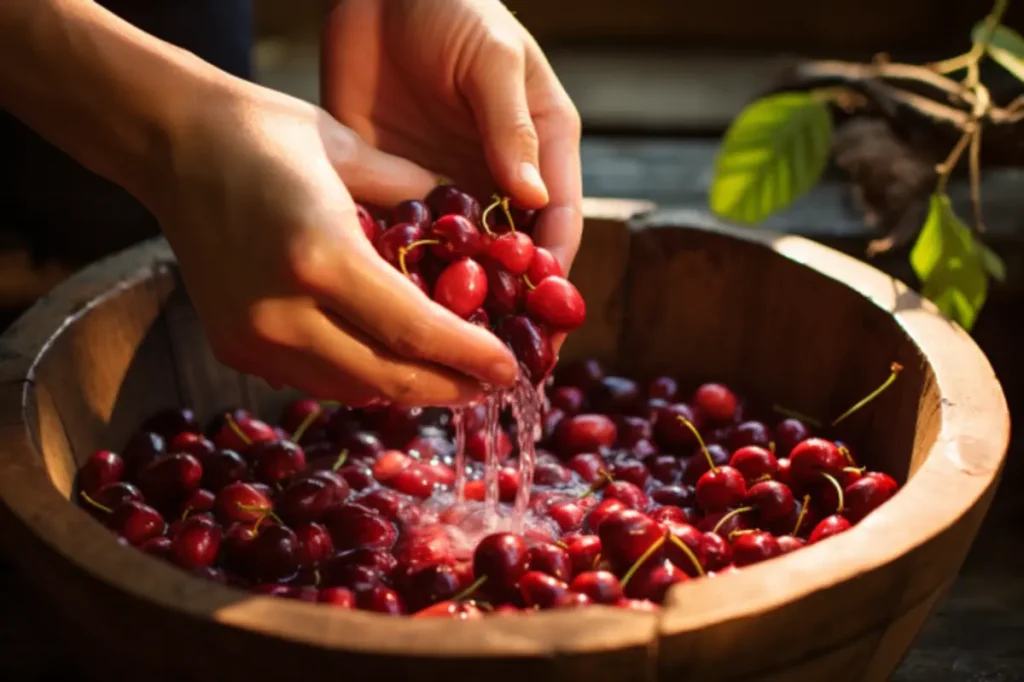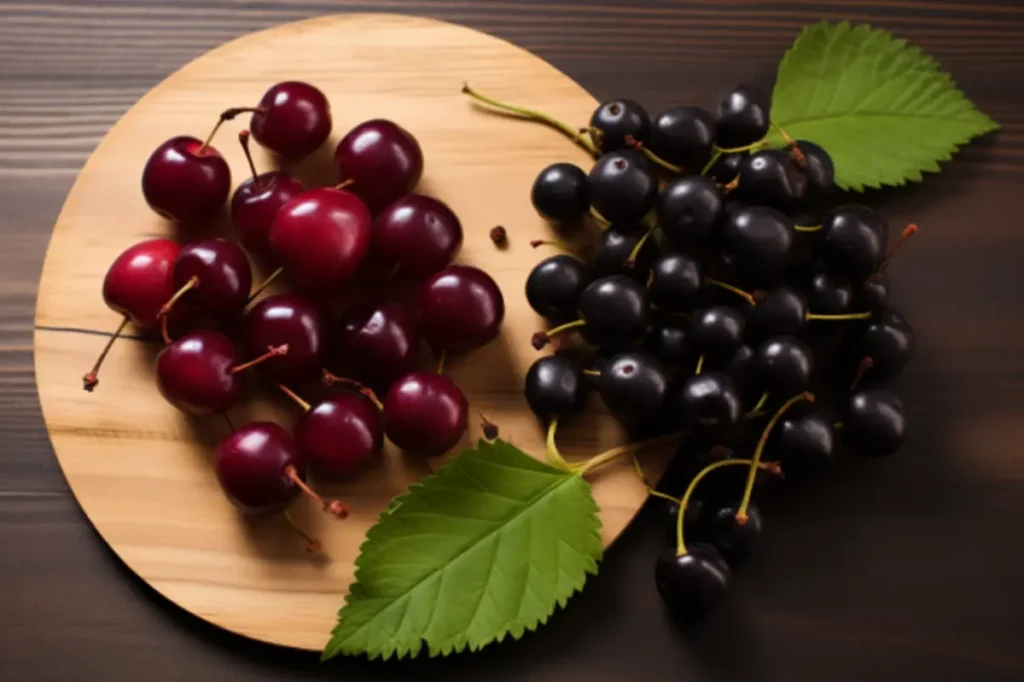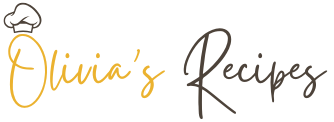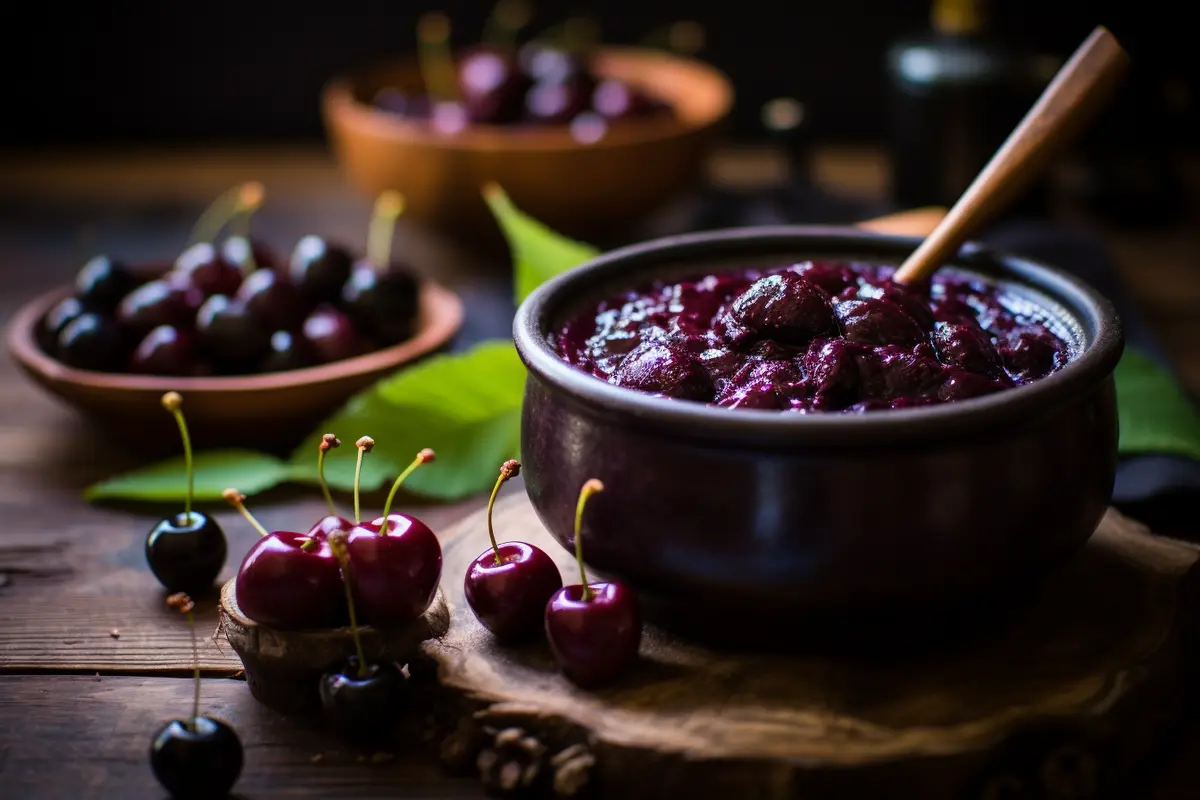Introduction
For centuries, Native Americans have used chokecherries as a staple ingredient in their cuisine, valued for their rich flavor, medicinal properties, and nutritional benefits. One of the most cherished dishes made from these wild berries is traditional chokecherry pudding, a thick, flavorful dessert deeply rooted in indigenous culture.
This article will explore the history, health benefits, and step-by-step preparation of this time-honored dish. We’ll also clarify the difference between chokecherries and chokeberries, share other delicious chokecherry-based recipes, and answer commonly asked questions. Whether you’re eager to try this pudding at home or simply curious about its cultural significance, this guide will cover everything you need to know.
Introduction to Traditioal Chokecherry Pudding
The Historical Significance of Chokecherries in Native American Culture
Long before modern food preservation methods, Native American tribes across North America relied on chokecherries as a vital food source. These small, dark-red berries were not only used in pemmican, a high-energy survival food, but also in desserts like traditional chokecherry pudding.
Many indigenous groups, including the Lakota, Cheyenne, and Blackfoot, used stone-ground chokecherries in various dishes. The entire fruit—seeds, skins, and all—was often crushed to maximize its nutritional and medicinal properties. This practice allowed them to benefit from the fruit’s antioxidants, fiber, and vitamins while enhancing its natural flavor.
What is Traditional Chokecherry Pudding?
Traditional chokecherry pudding is a thick, rich, and slightly tart dessert made by simmering crushed chokecherries with water, a sweetener, and a thickening agent like cornstarch or flour. It is similar to wojape, a Native American berry sauce, but with a denser, pudding-like consistency.
What makes this pudding unique is the use of whole chokecherries, including the pits. Some traditional recipes involve crushing the seeds, as they contain beneficial compounds that may have health-promoting effects. The result? A deeply flavorful dish that showcases the natural taste of wild chokecherries.
Why This Dish Remains Popular Today
Despite modern food innovations, traditional chokecherry pudding continues to be cherished in Native American communities and beyond. Here’s why:
- Cultural Preservation – This dish connects indigenous people to their ancestral roots.
- Nutritional Benefits – Rich in antioxidants, fiber, and vitamins, it’s a natural powerhouse.
- Unique Flavor – Its tart yet sweet taste makes it stand out from mainstream puddings.
- Versatility – It pairs well with meats, breads, and other desserts.
The Nutritional and Medicinal Benefits of Chokecherries
Nutrient Profile: Vitamins, Minerals, and Antioxidants
Chokecherries are a nutrient-dense superfood that have long been used in indigenous diets for their health-boosting properties. These small, dark berries are packed with:
- Vitamin K – Essential for blood clotting and bone health.
- Manganese – Supports metabolism and brain function.
- Potassium – Helps maintain heart health and muscle function.
- Antioxidants – Chokecherries are rich in flavonoids, which combat oxidative stress and reduce inflammation.
Unlike commercially cultivated fruits, wild chokecherries contain higher levels of polyphenols, compounds linked to better digestion, heart health, and reduced risk of chronic diseases.
Traditional Chokecherry Pudding as a Natural Medicine
Indigenous people have long valued traditional chokecherry pudding not just as a dessert but as a form of medicine. The whole fruit, including the pit, is sometimes used in preparation, as the seeds contain amygdalin, a compound believed to have various health benefits.
Chokecherries have been traditionally used to:
- Soothe digestive issues – Their natural tannins help with diarrhea and upset stomachs.
- Support immune function – The high antioxidant content strengthens the body’s defenses.
- Improve blood circulation – Polyphenols in chokecherries promote healthy blood flow.
Scientific Studies on Health Benefits, Including Cancer Research
Recent studies have explored the potential anti-cancer properties of chokecherries. Some research suggests that chokecherry extracts may inhibit cancer cell growth, particularly in uterine cancer. A study found that traditional chokecherry preparations, especially those that include the crushed seeds, contain compounds that slow tumor progression.
While more research is needed, the high anthocyanin and flavonoid content in chokecherries contributes to cell protection and reduced inflammation, making them a valuable addition to a balanced diet.
Traditional Chokecherry Pudding Recipe – Step by Step
Authentic Ingredients Used in Traditional Chokecherry Pudding

To make traditional chokecherry pudding, you’ll need just a few simple ingredients:
- Chokecherries (fresh or dried) – The key ingredient, offering a deep, tart flavor.
- Water – Helps extract the natural juices from the berries.
- Sweetener (honey or maple syrup) – Balances the tartness of the chokecherries.
- Flour or cornstarch – Thickens the pudding to a smooth consistency.
- Optional: Crushed seeds – Some traditional recipes include ground chokecherry pits, which contain natural medicinal properties.
Step-by-Step Guide to Making Traditional Chokecherry Pudding
- Prepare the Chokecherries
- If using fresh chokecherries, rinse them well and remove any stems.
- If using dried chokecherries, soak them in warm water for an hour.
- Cook the Chokecherries
- Place the berries in a pot and add enough water to cover them.
- Simmer over medium heat for 15-20 minutes, stirring occasionally.
- Mash the Berries
- Once soft, gently mash the chokecherries using a spoon or potato masher.
- For a smoother pudding, strain the mixture to remove the skins and pits.
- Thicken the Pudding
- In a separate bowl, mix flour or cornstarch with cold water until smooth.
- Slowly pour the mixture into the pot, stirring continuously to avoid lumps.
- Sweeten and Serve
- Add honey or maple syrup to taste.
- Continue cooking for another 5-10 minutes until the pudding thickens.
- Serve warm or chilled.
Modern Variations and Substitutions
While traditional recipes remain popular, some modern twists include:
- Using tapioca or chia seeds instead of flour for thickening.
- Blending in blueberries or raspberries for a more complex berry flavor.
- Pairing the pudding with crusty bread, like this homemade Italian bread, for a delightful contrast in texture.
This pudding can be enjoyed on its own or used as a topping for pancakes, waffles, or ice cream.
The Role of Chokecherries in Native American Cuisine and Beyond
Traditional Uses of Chokecherries in Food and Beverages
For centuries, Native American tribes have used chokecherries in a variety of dishes, from nutrient-dense survival foods to ceremonial meals. Traditional chokecherry pudding is just one example of how indigenous communities transformed these tart berries into delicious, nourishing dishes.
Chokecherries were often:
- Dried and ground into flour for cakes, biscuits, and porridge.
- Boiled into thick sauces like wojape, a staple in Lakota cuisine.
- Fermented into beverages, including medicinal teas.
Beyond food, chokecherry bark and leaves were also used in herbal remedies to treat colds, fevers, and digestive ailments.
Chokecherry Pudding in Native American Ceremonies and Gatherings
Many indigenous tribes view food as more than just sustenance—it is a connection to their ancestors and traditions. Chokecherries were considered sacred in many cultures and were often served during:
- Seasonal harvest celebrations to honor the land’s bounty.
- Tribal feasts and communal gatherings, where traditional chokecherry pudding was enjoyed alongside roasted meats.
- Healing ceremonies, where the pudding’s nutritional and medicinal properties were believed to restore strength.
Today, this dish remains a symbol of cultural preservation, reminding Native American communities of their resilience, heritage, and deep-rooted connection to the land.
Comparing Chokecherry Pudding to Other Indigenous Berry-Based Dishes
Across North America, various indigenous groups prepared berry-based dishes that share similarities with traditional chokecherry pudding. Some examples include:
- Wojape – A Lakota berry sauce made with chokecherries and honey.
- Berry pemmican – A mixture of dried meat, fat, and berries, used as a high-energy food.
- Huckleberry pudding – A sweeter alternative with a softer texture.
Each of these dishes showcases the creativity and resourcefulness of indigenous cooking, emphasizing the importance of wild berries in Native American diets.
Chokecherries vs. Chokeberries – Clearing the Confusion
What’s the Difference Between Chokecherries and Chokeberries?

While their names sound similar, chokecherries (Prunus virginiana) and chokeberries (Aronia spp.) are distinct fruits with different characteristics:
- Chokecherries – Grow on tall shrubs or small trees, have a tart and slightly bitter taste, and are often cooked into puddings, jams, and sauces.
- Chokeberries (Aronia berries) – Grow on bushy plants, are sweeter when ripe, and are commonly used in juices, teas, and baked goods.
Though both are rich in antioxidants, traditional chokecherry pudding is specifically made with chokecherries, not chokeberries.
How to Identify Chokecherries in the Wild
If you’re foraging for wild chokecherries, keep these tips in mind:
- Look for reddish-black berries growing in clusters on small trees.
- Check the leaves, which are oval-shaped with serrated edges.
- Taste carefully – Raw chokecherries are quite bitter, which is why they are usually cooked before consumption.
Are Chokecherries Safe to Eat Raw?
While ripe chokecherries are safe to eat in small amounts, their seeds contain amygdalin, which can release cyanide when crushed. However, traditional cooking methods neutralize any potential toxins, making dishes like traditional chokecherry pudding both safe and delicious.
For more berry-based recipes, check out this guide to homemade chocolate cobbler, a rich and comforting dessert that pairs wonderfully with berry sauces!
Other Delicious Chokecherry Recipes to Try
While traditional chokecherry pudding is one of the most well-known ways to use chokecherries, these tart berries are incredibly versatile. If you’re looking for new ways to enjoy their rich flavor and health benefits, try these delicious recipes!
Chokecherry Jam and Jelly
Chokecherry jam and jelly are perfect for spreading on toast, biscuits, or pancakes. The cooking process enhances their deep, fruity taste while removing the bitterness.
How to make it:
- Simmer chokecherries with water until soft.
- Strain the mixture to remove seeds and skins.
- Add sugar and pectin, then boil until it reaches a thick, spreadable consistency.
- Pour into sterilized jars and store for long-term use.
Chokecherry Wojape
Wojape is a Native American berry sauce, traditionally served with bread, wild game, or desserts. It has a thicker, syrup-like consistency compared to traditional chokecherry pudding.
How to make it:
- Boil chokecherries, honey, and water together.
- Mash the berries or strain the mixture for a smoother texture.
- Use cornstarch or arrowroot powder to thicken the sauce.
- Drizzle over pancakes, waffles, or roasted meats.
Chokecherry Tea and Syrup
Chokecherry tea is a soothing, vitamin-rich drink, while the syrup makes a great sweetener for cocktails, sodas, or desserts.
How to make it:
- Simmer dried chokecherries and water for about 20 minutes.
- Strain and sweeten with honey or maple syrup.
These recipes highlight the many ways to enjoy chokecherries beyond pudding, making them a valuable ingredient in any kitchen.
Conclusion
Traditional chokecherry pudding is more than just a dessert—it’s a cultural treasure, a nutrient-rich superfood, and a delicious way to enjoy wild chokecherries. Rooted in Native American traditions, this pudding showcases the ingenuity of indigenous cooking and the importance of natural, locally sourced ingredients.
From its historical significance to its health benefits and culinary versatility, this dish remains a beloved staple in many households. Whether you’re making it the traditional way or trying modern variations, traditional chokecherry pudding is a unique and flavorful addition to any table.
So, why not bring a taste of history into your kitchen? Try making this timeless Native American pudding, and enjoy the tart, rich, and comforting flavors of wild chokecherries!
Frequently Asked Questions (FAQ)
Chokecherries have a long history in Native American cuisine, and many people have questions about their uses, safety, and preparation. Here are answers to some of the most common inquiries!
What did Native Americans use chokecherries for?
Native Americans used chokecherries in food, medicine, and ceremonies. The berries were dried and ground into flour, cooked into traditional chokecherry pudding, or mixed with meat and fat to make pemmican. Medicinally, chokecherry bark was used to treat coughs, colds, and digestive issues.
Can humans eat chokecherries?
Yes! Ripe chokecherries are safe to eat, but they are quite tart and astringent when raw. Cooking them into puddings, jams, or sauces removes bitterness and enhances their flavor. However, the seeds and leaves contain amygdalin, which can release cyanide, so they should not be consumed raw in large amounts.
Is there a difference between chokeberry and chokecherry?
Yes! While both are dark, antioxidant-rich berries, they come from different plant families.
- Chokecherries (Prunus virginiana) – More tart, grow on small trees, and are used in traditional chokecherry pudding.
- Chokeberries (Aronia spp.) – Sweeter, grow on shrubs, and are commonly used in juices and baked goods.
How do you make chokecherry patties?
Chokecherry patties are a traditional Native American food, made by drying and grinding chokecherries into a thick paste. The mixture is shaped into small, flat discs and sun-dried for long-term storage. These patties were often eaten alone or mixed into other recipes like stews.

